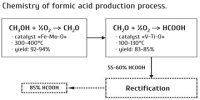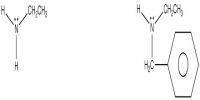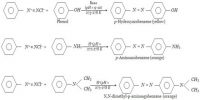All of the oils in the have a flash point of 60°C, signifying a vapour pressure at that temperature which is not negligible. As already stated, residual fuel oils vary widely in composition. Factors affecting the composition include the nature of the parent crude (for example, whether predominantly paraffinic or aromatic) and the temperature cut taken in the diesel range. There can also be inclusion of distillate material or even unwanted by-products of cracking and these will obviously raise the vapour pressure. Shell in specifying a purely residual oil give a vapour pressure of less than 0.1 kPa (10 bar). This particular oil has a kinematic viscosity at 50°C of 700 sCt and a density of 1010 kg m4. The pour point is not given, but otherwise the oil appears to conform closely to the one in the last entry of the table.
The Shell specifications give a vapour density at 15°C of not exceeding 5, where air on the same scale is unity. This provides a means of estimating the composition of the vapour. This follows in below.
The molecular weight is (5 x 28.8) g = 144 g
Using an empirical formula of CH2 this gives a molecular formula of: C10H20
Now this corresponds fairly closely to decane C10 H22.
The vapour pressure of this compound at 15oC is (5 x 104) bar.
Consistency with the Shell specification of less than 103 bar is therefore evident if the vapour is approximated to a single model compound.















